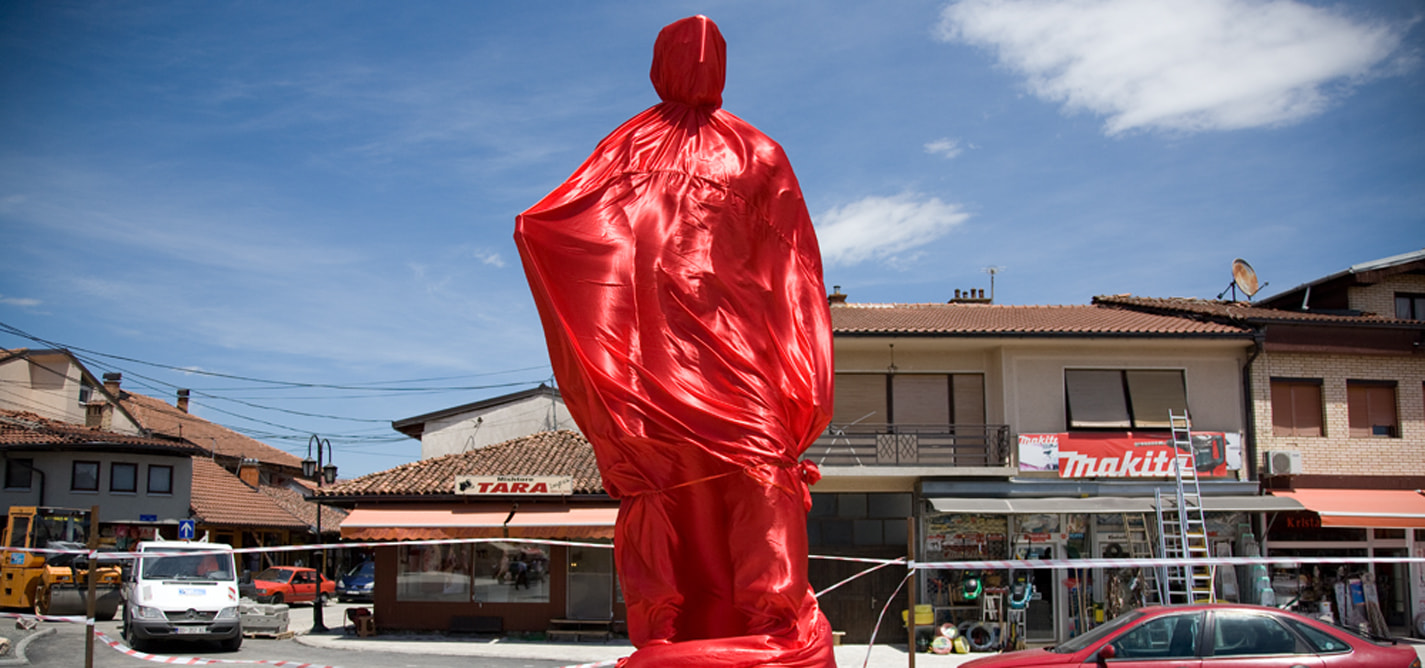
The complexity of Kosovo's war memorials
Sites that inspire the imagination and provide space for mourning are nonetheless criticized.
|03.06.2013
|

Anna Di Lellio
Anna Di Lellio is a researcher focusing on Kosovar history, culture and memory, and is a professor at the New School and at NYU in New York. She is also the director of the Kosovo Oral History Initiative.
This story was originally written in English.